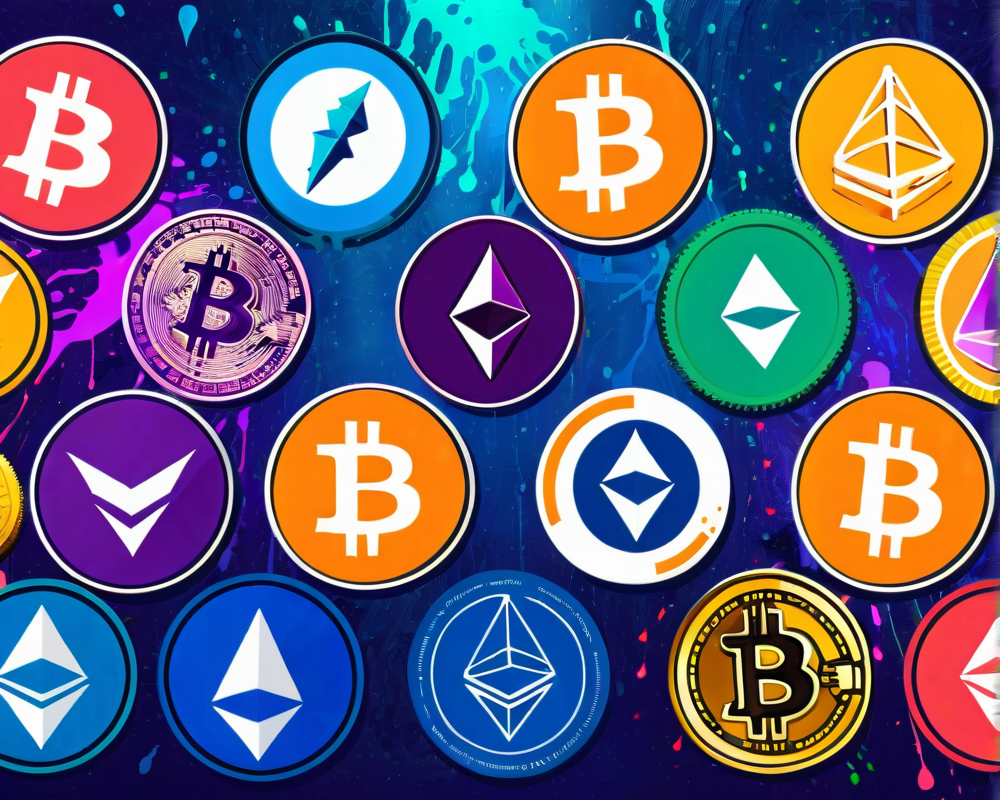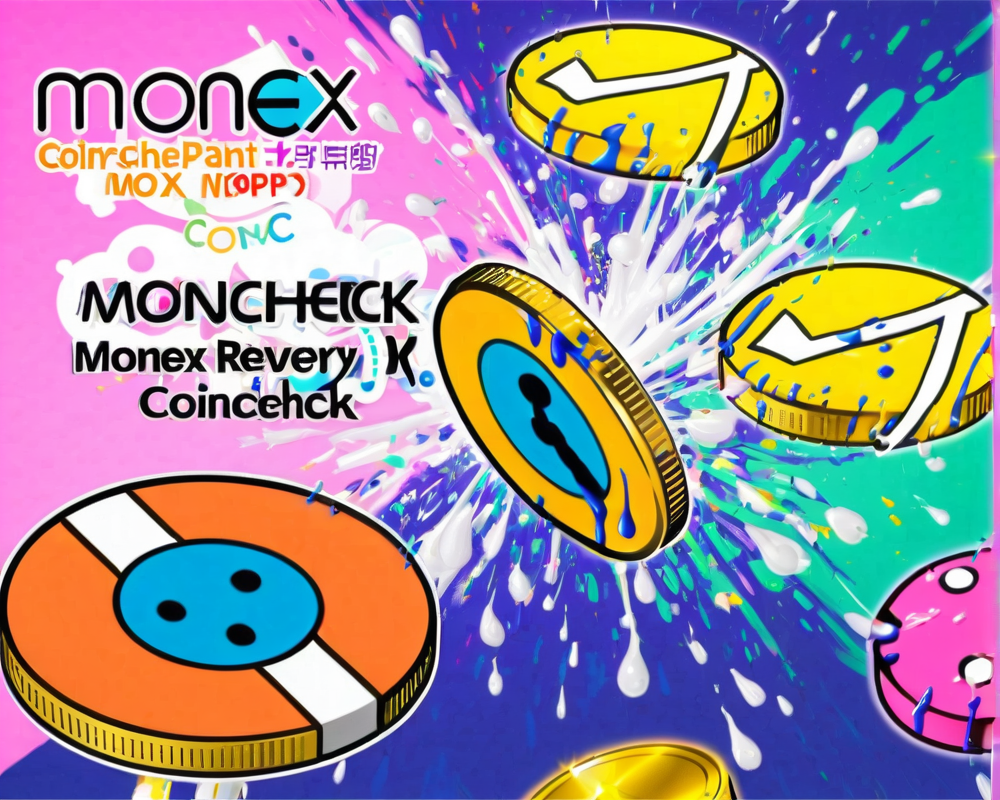What Are Altcoins?
The term altcoin hails from the combination of ‘alternative’ and ‘coin’. Essentially, it represents all the cryptocurrencies that aren’t Bitcoin. They mimic Bitcoin’s fundamental framework—a peer-to-peer (P2P) system—but operate under different rules and mechanisms.
Decoding the Differences
While Bitcoin sticks to its proof-of-work (PoW) consensus for transaction validation, many altcoins prefer the lighter, speedier proof-of-stake (PoS) model. This adds a fun twist to the mix but also leads to quite a few puzzled faces among newcomers trying to decipher the digital currency universe!
Types of Altcoins
Navigating the altcoin landscape is like walking through a vast candy store—you have a plethora of options! Here’s a breakdown of the most popular varieties:
- Mining-based Altcoins: These use PoW like Bitcoin. Monero (XMR), Litecoin (LTC), and ZCash (ZEC) are good examples, all requiring computational power to generate new coins.
- Stablecoins: Designed to minimize price volatility, stablecoins like Dai (DAI) and Tether (USDT) tie their value to stable assets—think of them as the financial equivalent of your favorite comfort food during a market downturn.
- Security Tokens: These act like traditional equity instruments, representing ownership or dividends. They’re alluring for investors looking for a smoother ride in the crypto wave.
- Memecoins: Because sometimes, you just want to invest in something ridiculous that might or might not be fueled by tweets from influential figures. Think Dogecoin (DOGE) and Shiba Inu (SHIB).
- Utility Tokens: These are the workhorses of the crypto world, providing access to services within their respective networks—Filecoin (FIL) does just that by facilitating decentralized storage purchases.
How to Evaluate Altcoins
Diving into altcoins requires skill—like a treasure hunt but without the fun map. Here’s a nifty guide to help you evaluate whether an altcoin is worthy of your hard-earned cash:
- Analyze the Whitepaper: This pivotal document tells you everything important—the vision, use cases, and overall plan. A solid whitepaper is like a good Netflix series; it should captivate you from the start.
- Demand and Supply Check: Look for altcoins with growing demand and stable (or shrinking) supply. When demand outpaces supply, that’s usually a good sign! Think of it like commodities; low supply with high demand means prices will likely rise.
- Team Assessment: Dive into the team’s background. Google them to check if they’ve previously rocked successful projects. If you find red flags, it might be time to cut your losses before investing.
The Hottest Altcoin Platforms
When it comes to investing in altcoins, some platforms sparkle more brightly in the crypto universe. Here are a few that stand out:
- Ethereum: The conductor of the DeFi orchestra; it powers countless decentralized apps and is indispensable in this digital age.
- Chainlink: Making smart contracts smarter by incorporating real-world data. No wonder it’s attracting big-time names!
- Stellar Lumens: Aiming to streamline global payments—think of it as the tech-savvy bridge connecting banks worldwide.
- Aave: Renowned for its lending protocols; it ensures security and anonymity for its users, making it a go-to for crypto lenders.




